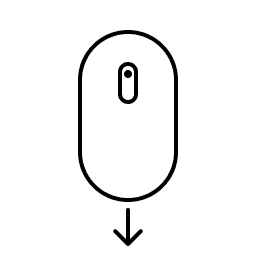Snippets about: Real Estate
Scroll left and right !
A Diverse Mix of Housing Options Downtown Benefits Everyone
A robust supply of housing in a variety of types and price points is key to a healthy downtown:
- Having people from all walks of life and income levels makes downtown more vibrant and equitable. Restricting downtown living to only the wealthy is neither fair nor smart.
- In most cities, the majority of current downtown housing is subsidized "affordable housing" isolated in towers and complexes. There is often a "missing middle" of market-rate options for the workforce.
- Two effective tools for providing below-market-rate units are inclusionary zoning, which requires a % of new units to be affordable, and "granny flats" or accessory dwellings added to existing homes.
Section: 2, Chapter: 2
Book: Walkable City
Author: Jeff Speck
Calculating The Per-Point Value Of Walk Score On Residential Property Values
Rigorous studies have quantified the impact of Walk Score on property values. Each additional Walk Score point correlates with between $500-3000 in increased home value, all else being equal.
For example, a 2009 study by Joe Cortright in Charlotte found that an increase from a Walk Score of 54 (somewhat walkable) to 71 (very walkable) correlated with a rise in average sales price from $280K to $314K. This equates to a $2000 per-point premium, or $34,000 in added value from just 17 Walk Score points. While the magnitude varies by market, it's clear that walkability, as measured by Walk Score, translates directly into increased real estate value.
Section: 1, Chapter: 2
Book: Walkable City
Author: Jeff Speck


